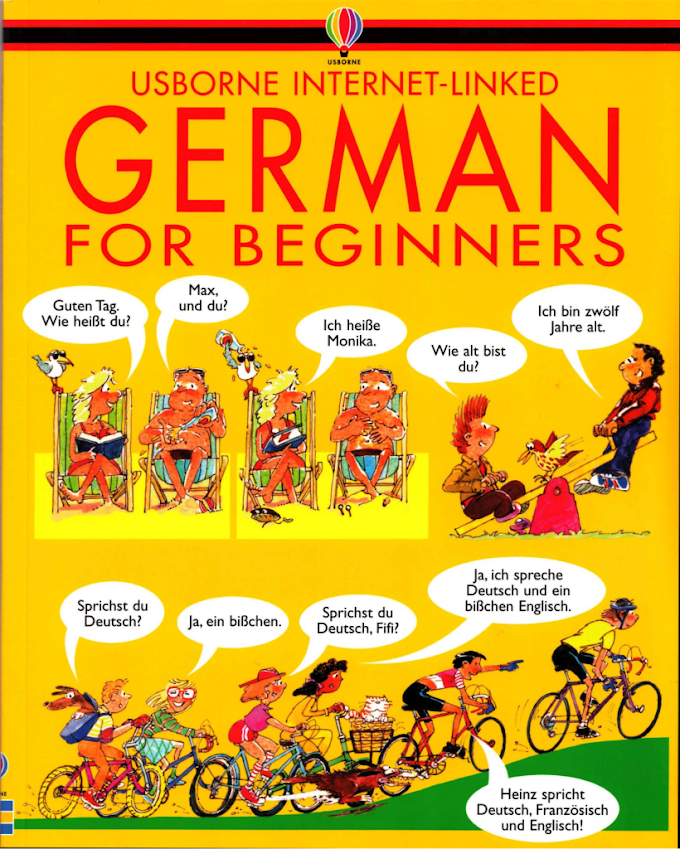The Complete Book of Phonics for Kids
"The Complete Book of Phonics for Kids" is likely a comprehensive and child-friendly resource aimed at teaching young learners the fundamental skills of phonics. The focus of the book is probably on creating an engaging and interactive learning experience to help children develop strong foundational reading and spelling skills.
Key features of such a book may include:
Colorful and Engaging Design:
The book is likely designed with vibrant colors, appealing illustrations, and child-friendly fonts to capture the attention of young readers.
Step-by-Step Learning:
It may follow a step-by-step approach to introducing phonetic concepts, starting with basic letter-sound relationships and progressing to more complex phonetic patterns.
Interactive Activities:
Expect to find a variety of hands-on activities, games, and exercises that make learning phonics enjoyable for kids. These activities could include puzzles, word games, and interactive challenges.
Phonics Stories and Rhymes:
The inclusion of phonics-based stories and rhymes can make the learning experience more enjoyable and help children apply their phonics knowledge in context.
Progressive Difficulty Levels:
The content likely increases in complexity gradually, allowing children to build their phonics skills progressively as they move through the book.
Incorporation of Sight Words:
Many phonics programs also integrate commonly used sight words to enhance reading fluency and comprehension.
Parent/Teacher Guidance:
The book might provide guidance for parents or teachers on how to effectively use the material, including tips for reinforcement and assessment.
Audio Resources:
Some educational materials for kids include audio components, such as pronunciation guides or interactive elements that allow children to listen to sounds and words.
Why Choose ''The Complete Book of Phonics For Kids''
Foundation for Reading Skills:
Phonics is a fundamental component of learning to read. A comprehensive phonics book can provide a solid foundation for developing essential reading and spelling skills in children.
Structured Learning:
A well-designed phonics book typically follows a systematic and structured approach, introducing phonetic concepts in a logical sequence. This structure helps children build on their knowledge gradually.
Engaging Content:
Children are more likely to be motivated and interested in learning when educational materials are engaging. Look for a book that includes colorful illustrations, interactive activities, and age-appropriate content to capture the child's attention.
Interactive Activities:
Interactive activities and exercises make the learning process more enjoyable and effective. Games, puzzles, and hands-on exercises can reinforce phonics concepts in a fun and interactive way.
Phonics Stories and Rhymes:
Phonics-based stories and rhymes can provide context for applying phonetic rules. Stories make learning more meaningful and help children understand how phonics principles work in real language use.
Progressive Difficulty Levels:
A book that progresses in difficulty can cater to learners at different stages. A gradual increase in complexity allows children to build their phonics skills at a pace that suits their individual learning needs.
Parental Guidance:
If the book includes guidance for parents or caregivers on how to support their child's learning at home, it can be a valuable resource. Tips, suggestions, and activities for reinforcing phonics skills outside of formal lessons can contribute to a child's overall success.
Positive Reviews:
Consider reviews from other parents, educators, or educational experts who have used the book. Positive feedback can provide insights into the book's effectiveness and whether it aligns with the learning goals of your child.
Multisensory Learning:
Some phonics books incorporate multisensory elements, such as audio components or interactive features. These can enhance the learning experience by engaging different senses and learning styles.
Before choosing any educational material, it's important to consider the unique needs, interests, and learning styles of your child. Additionally, checking reviews, consulting with teachers or educational experts, and reviewing sample content if available can help you make an informed decision about whether a particular phonics book is suitable for your child.








